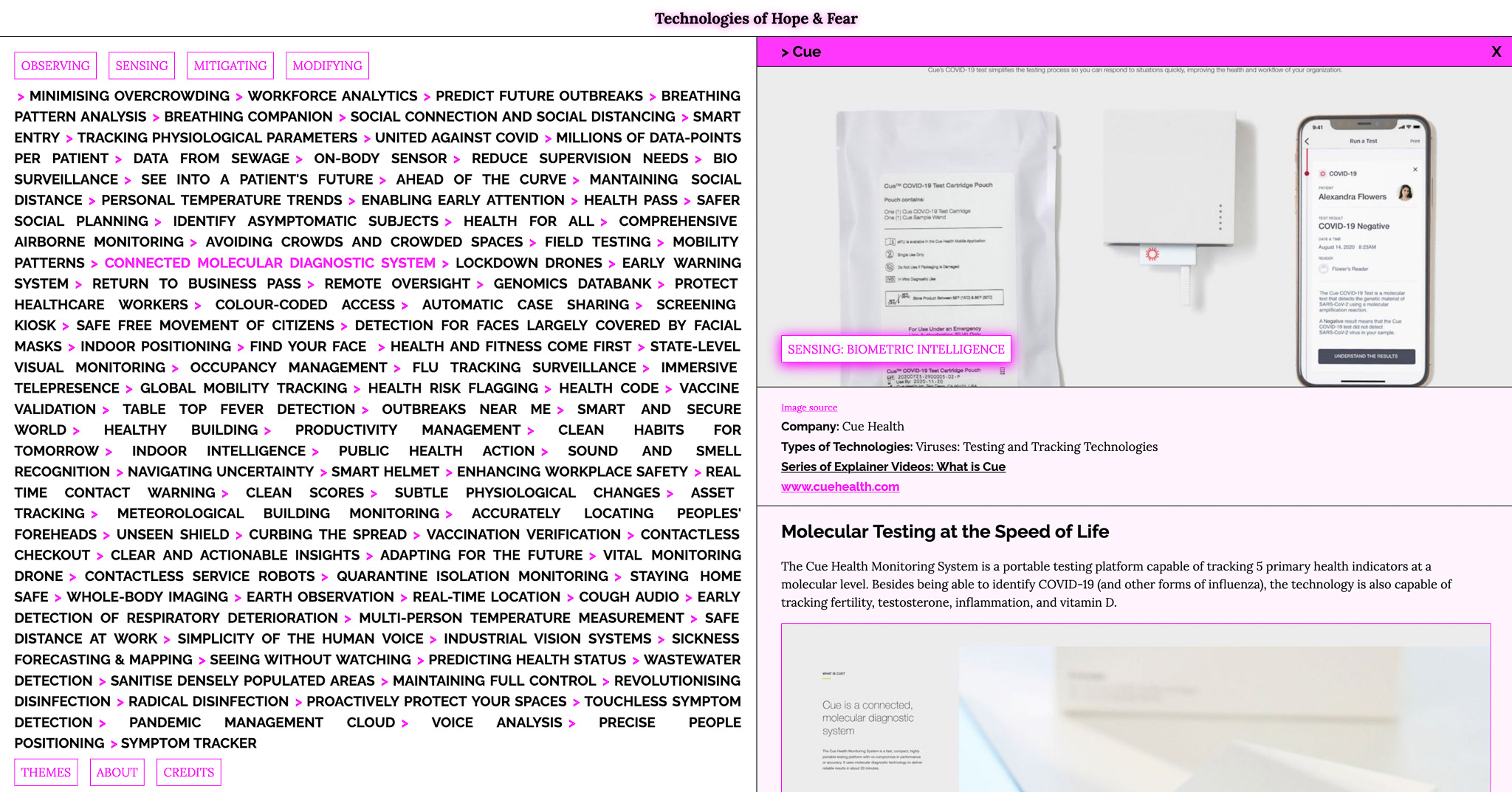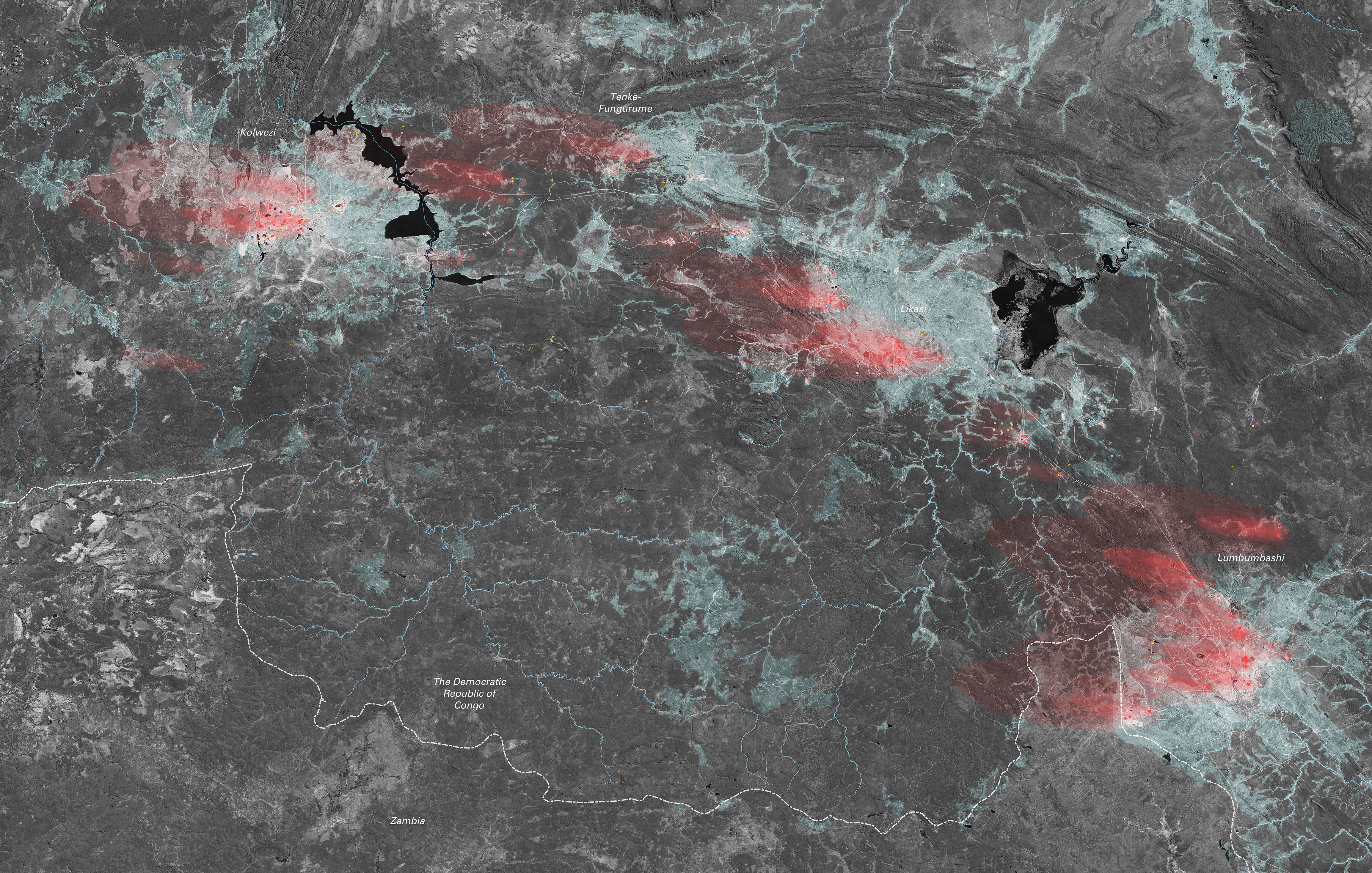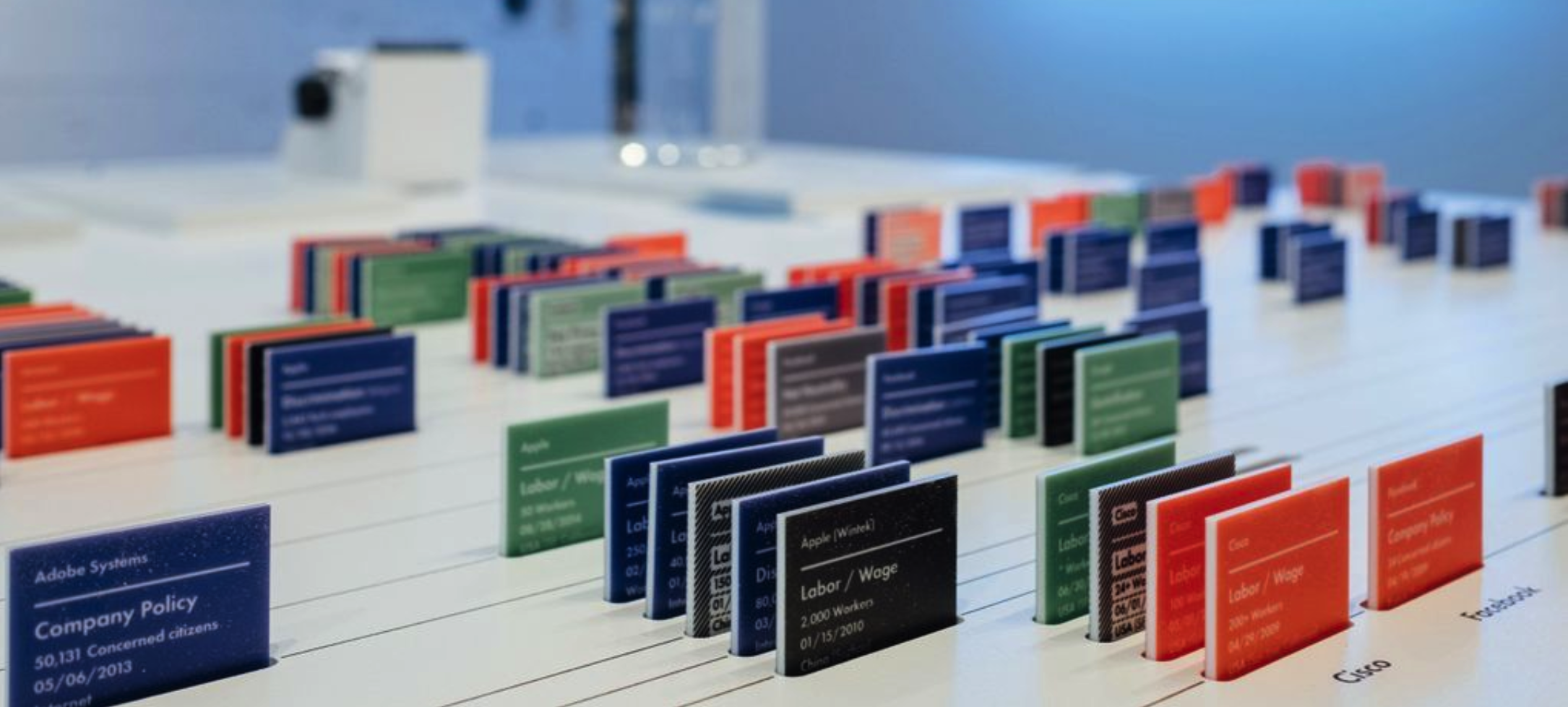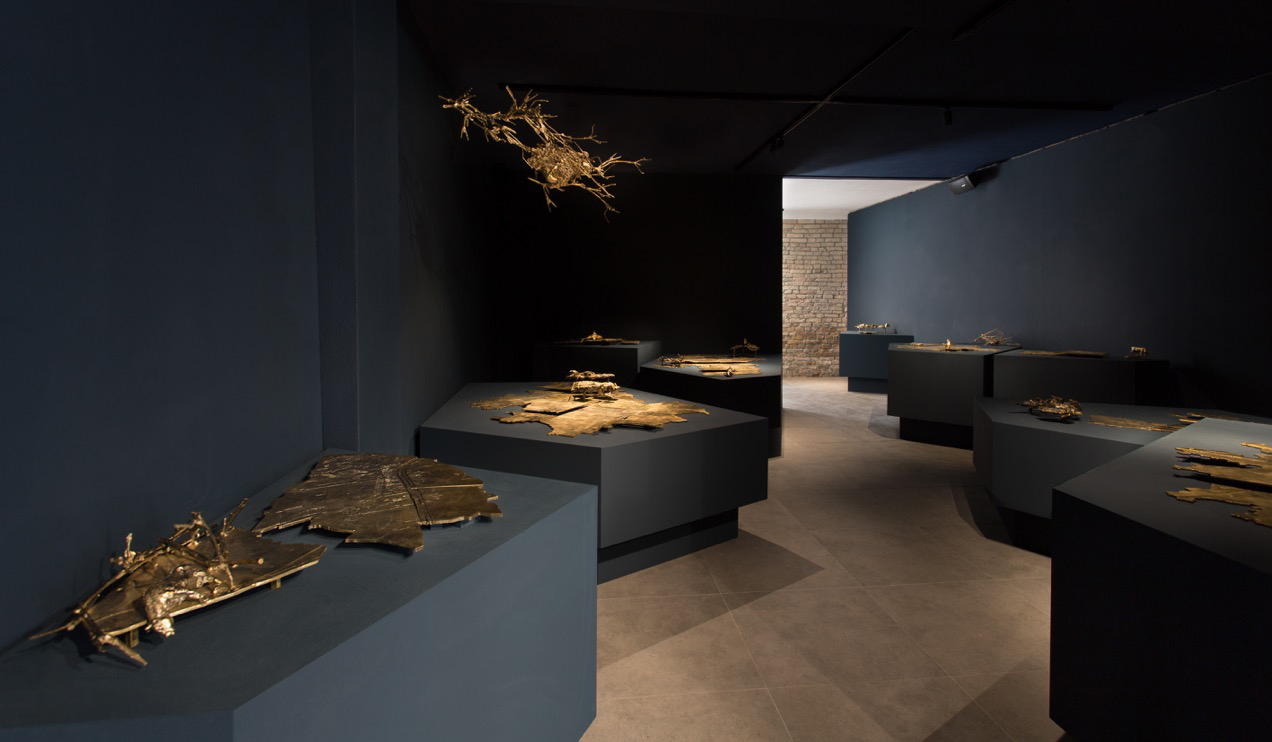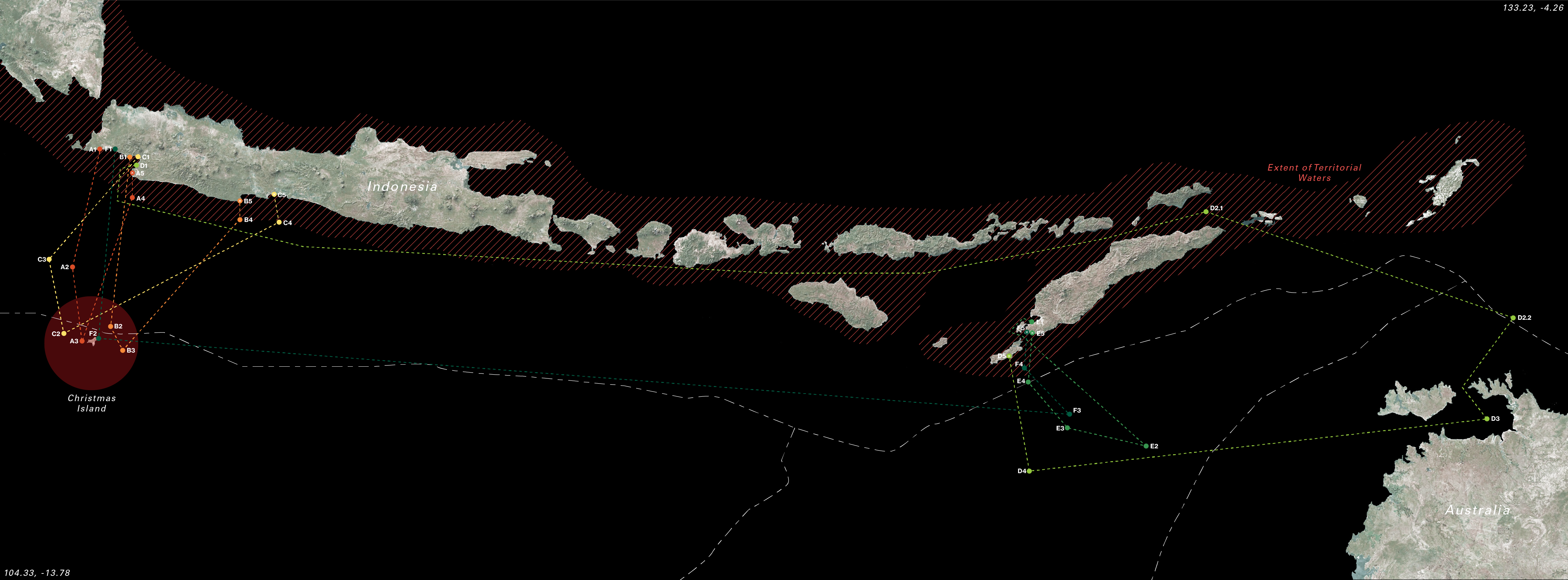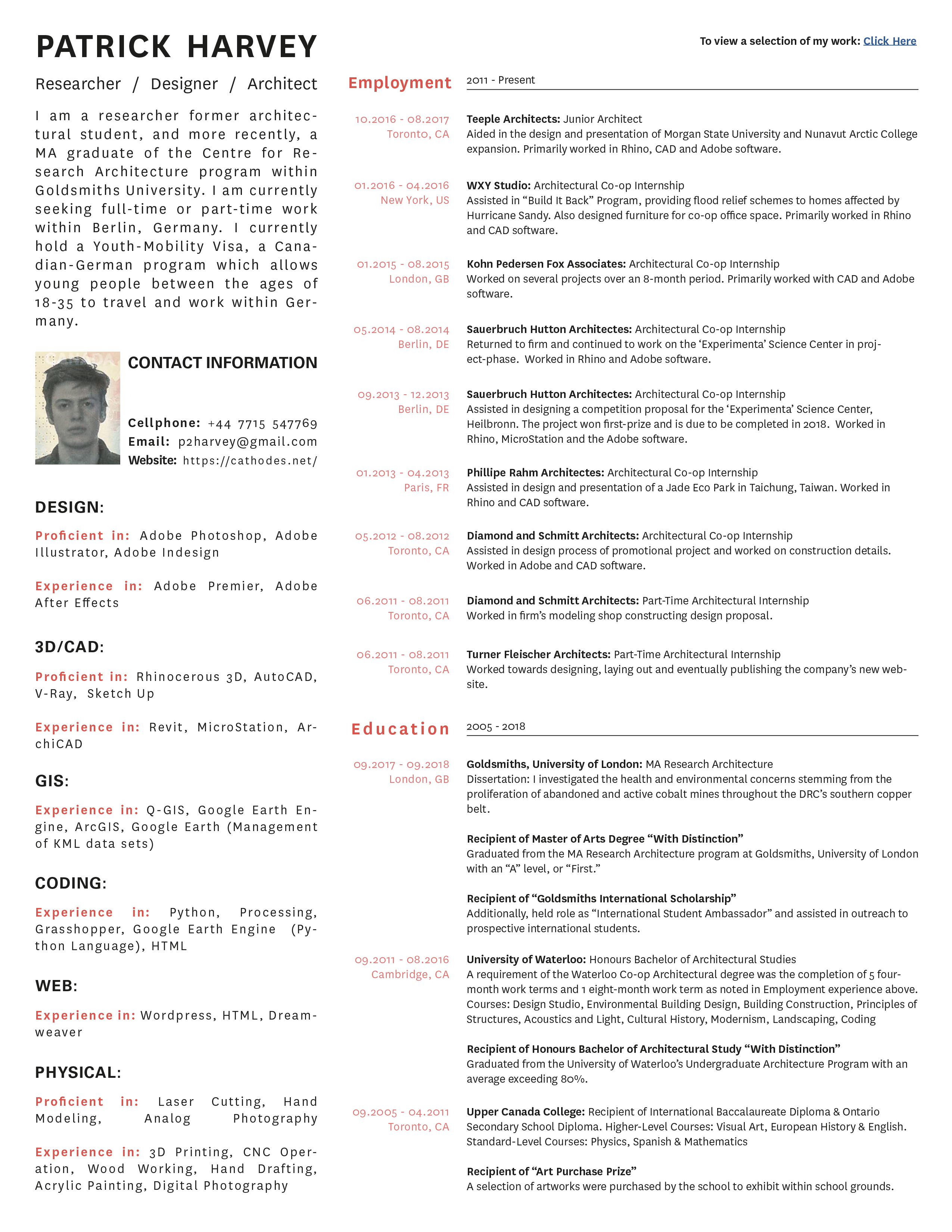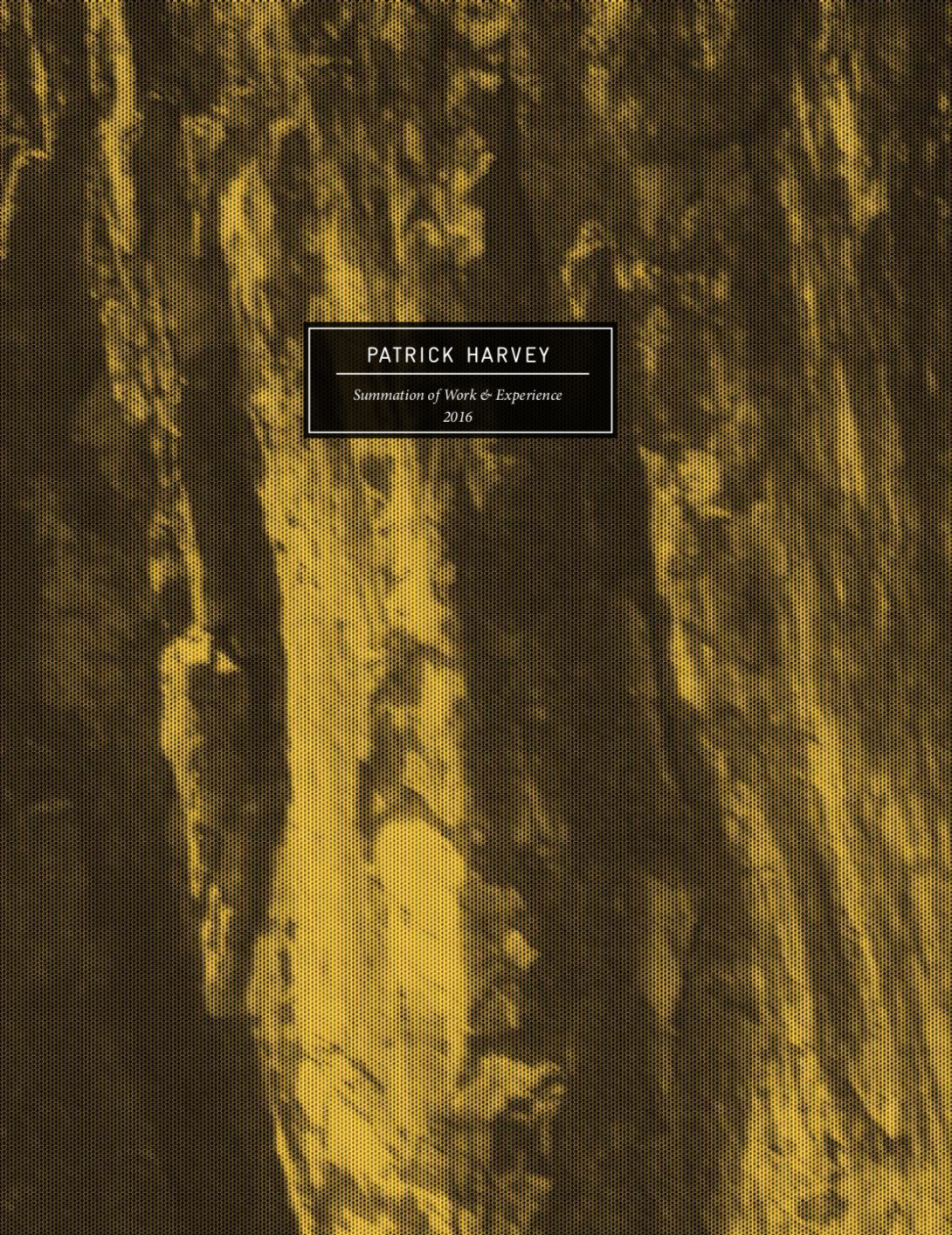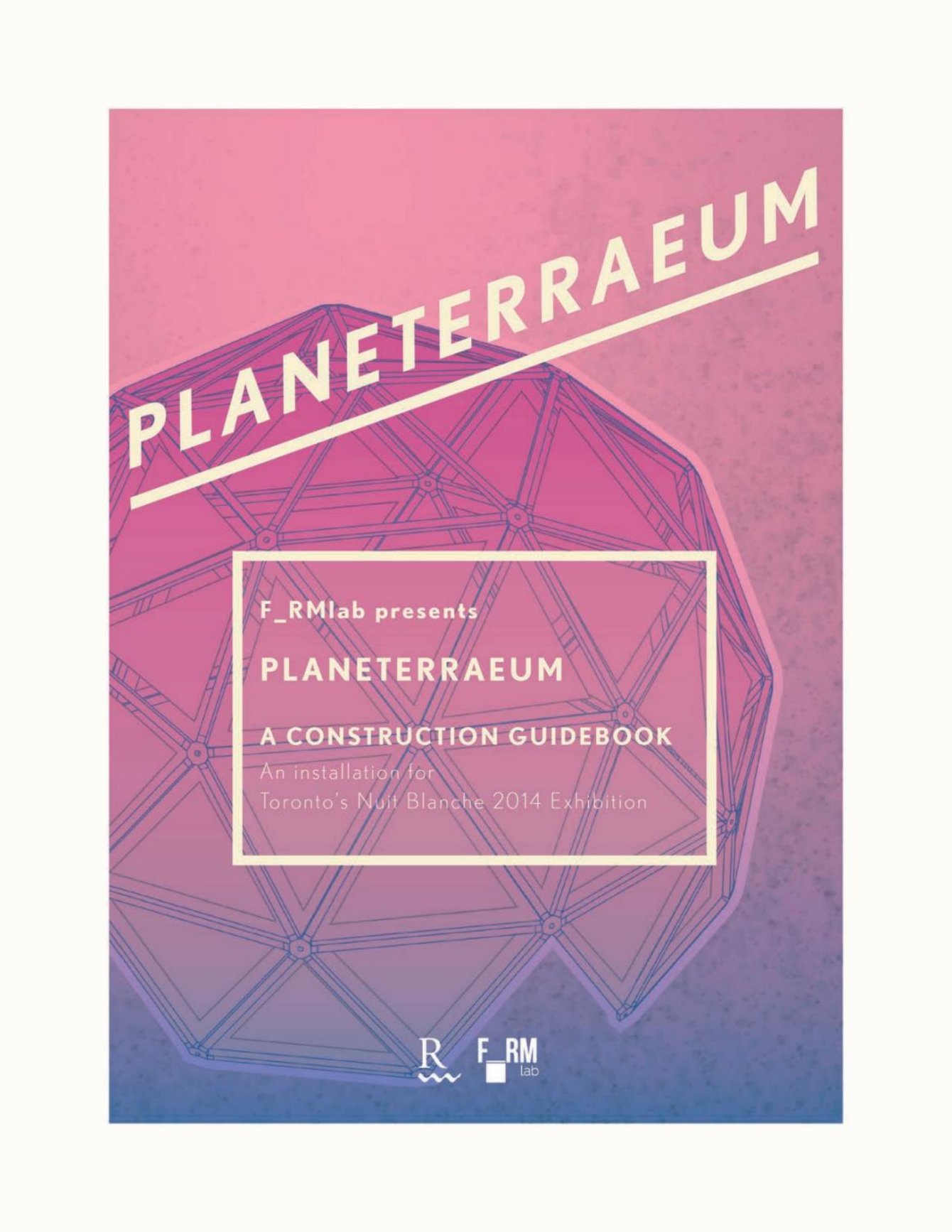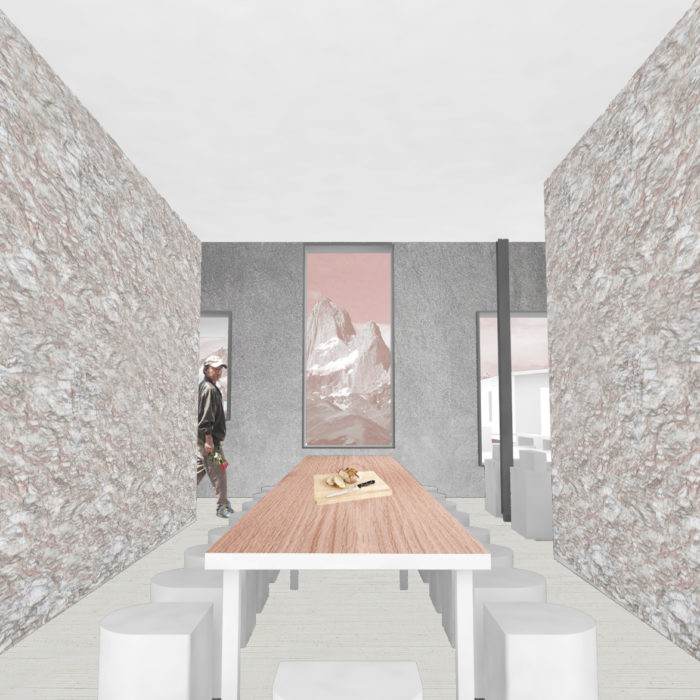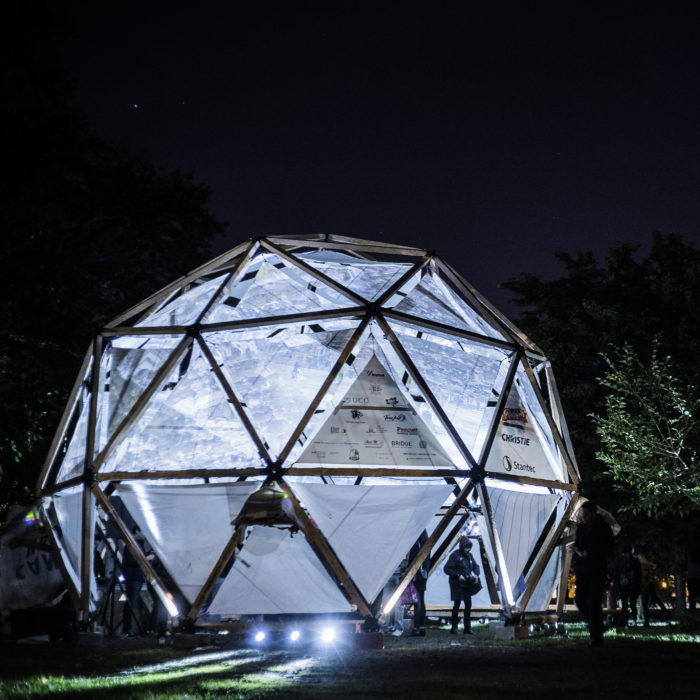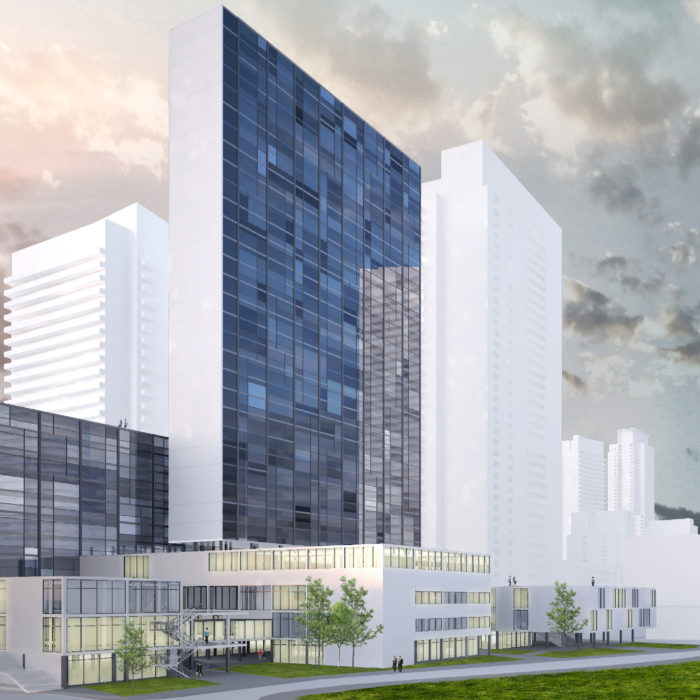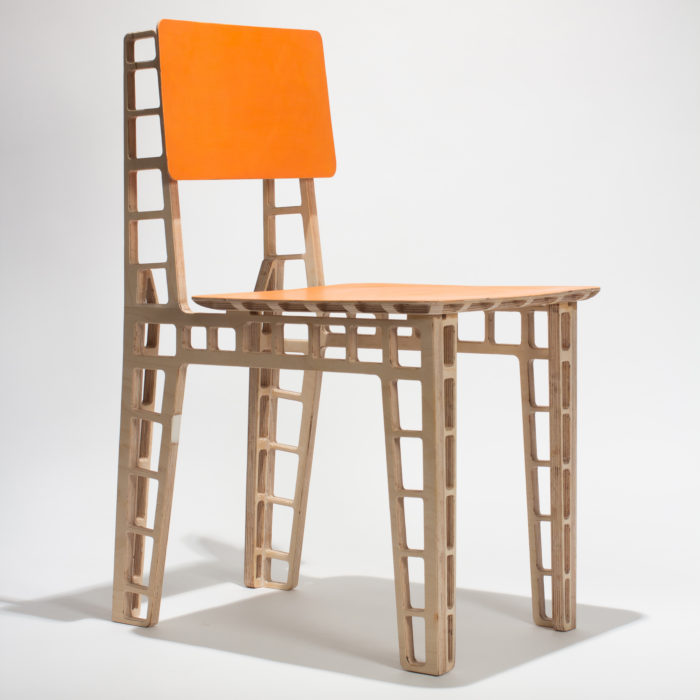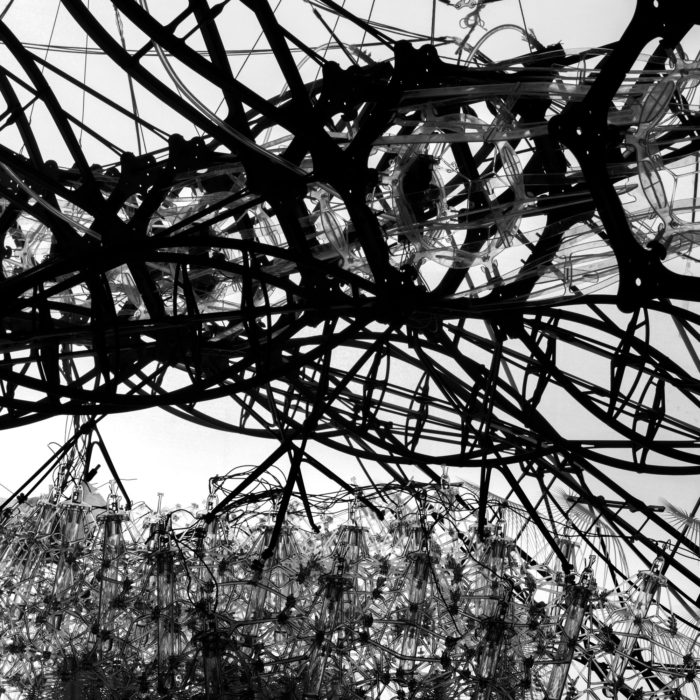The Influence
Industry
Tactical Tech, 2020
The “Influence Industry” refers to an evolving network of relations between data analytics companies, political candidates, and the intermediary organizations that channel campaign finances (e.g. PACs and Super PACs). Currently, online “targeted advertising” has become an accepted and ubiquitous practice by companies looking to persuade consumers to spend one way versus another. With the basic principles of online advertising in mind – where different users see different ads based on their unique set of interests – it only requires a small stretch of one’s imagination to envision an industry that competes for votes, rather than sales, by means of the creation and strategic dissemination of politically-motivated content.
By analyzing publicly available data provided by the United States’ Federal Election Committee (FEC), we were able to begin to visualize what the “Influence Industry” might look like within the American context, by processing campaign spending data during the run-up to the 2020 US Presidential Elections. [ + more ]
Pandemic
Technologies
Tactical Tech, 2021
During times of global crises, periods of stress and destabilization are often met by rapid technological development — where new technologies promise otherwise unforeseen solutions to the pressures of the crisis.
Without World War II, would there have been the “necessity” to develop an Atomic Bomb? Without the Atomic Bomb, where would we be now?
“Technologies of Hope & Fear” is a body of research providing a snapshot of the various technologies developed in response to the COVID-19 Pandemic. Rather than speculate whether each individual technology is “good” or “bad”, the project insists that technology developed to respond to a particular crisis does not exist within a vacuum. What may provide temporary relief during the Pandemic, may also have sustained ethical complications in the future. [ + more ]
Fugitive Emissions
2018. MA Dissertation. Centre for Research Architecture, Goldsmiths, University of London.
Fugitive Emissions is a body of research concerned with the movement and bioaccumulation of metals within the Democratic Republic of Congo as a consequence of open pit mining operations. A focal point of this research was challenging the misconception that metals are immobile, when in reality, metals — reduced to the size of particulates through mining processes such as crushing and smelting — are as prone to movement as the air or water around us. As chemical elements, metal contaminants are unique in the sense that they cannot be created or destroyed. Instead, they persist within the environments they are introduced. This work outlined themes of causality, responsibility and the paradox of trying to measure the attritional violence of mining operations while a century’s worth of metal contaminants remain in some form or another — suspended and in-motion — forever cycling between the air, water, soil, and biosphere. [ + more ]
The Glass Room
San Francisco Exhibition, 2019
The Glass Room is a traveling exhibition curated by Berlin-based NGO Tactical Tech. The interior of the exhibition intentionally mimics the sleek, neutral aesthetic associated with modern tech stores. In place of a tech company’s flagship products, the Glass Room is populated by interactive “objects” that are used as immersive tools to explore otherwise complicated narratives surrounding data collection, data privacy, and the policies of Big Tech.
As part of the San Francisco exhibition, I created two separate bodies of research relating to [1] the varying forms of protests directed at Big Tech (and their outcomes) and [2] a track-record of publicly made promises, pledges, and apologies by Mark Zuckerberg dating back to 2004 when Facebook was founded. [ + more ]
Manora Field Notes
2019, Venice Biennale (Pakistan Pavillion)
First exhibited at the 58th Venice Bienalle, Manora Field Notes is a project in three parts, distributed across three unique spaces within Pakistan’s inaugural pavilion at the festival. The exhibition draws on Naiza Khan’s long-standing fascination with Manora Island, a peninsula located near Karachi, Pakistan. Khan’s continued study of the island’s landscape, history and present condition has “yielded a complex alternative geography which conveys larger concerns of post-colonial histories, climate change and displacement” (Khan, 2019).
Under the supervision of the artist, I worked with a fabrication team based in Pakistan to deliver eleven* large brass-casted maps of cities and towns mentioned in an archival weather report from the East India Trading Company. I also assisted in designing and 3D modeling the exhibition space; including designing the plinths and interior walls. [ + more ]
Unless the Water is Safer than the Land
2017 ‘Live Project’ at the Centre for Research Architecture, Goldsmiths, University of London. In collaboration with MA Candidates and Global Legal Action Network (GLAN).
Over the course of four weeks, twenty MA students conducted in-depth research into Australia’s immigration policies and practices at sea, producing spatial and visual analysis that reveals a striking pattern of human rights violations taking place off the coasts of Australia.
The Live Project was conducted in partnership with the Global Legal Action Network (GLAN), whose February 2017 communication to the International Criminal Court (ICC) called for the launch of an official investigation into the abuse of asylum seekers in offshore detention facilities in Nauru and Papua New Guinea. The aim of this collaboration is to provide GLAN with further elements of evidence that would allow it to continue addressing the legality of Australia’s immigration policy before and beyond the camps, and to push the Court into shifting its focus from ‘spectacular’ violence to ‘banal’ or ‘normalised’ violence that appears as an inevitable by-product of global social and economic structures.
In investigating and reconstructing these events, students developed creative forensic methodologies to cross-reference research, when available, and in particular to overcome the overall lack of information, which is a consequence of the Australian government’s policy of “on-sea” secrecy. Their work also involved tracking and exploring the development of particular patterns of practice at sea and situating these patterns in relation to the shifting political context in which they occurred, as well as inserting them within the longer histories of settler colonial violence. [ + more ]
Futureland:
Logistical Nightmares
2018. Film done in collaboration with the Centre for Research Architecture class of 2018. Goldsmiths, University of London.
The experimental documentary FUTURELAND produced by the MA students in Conflicts & Negotiations (2017-18) emerges out of fieldwork they conducted in the Port of Rotterdam, Europe’s largest cargo and container port, as well as individual research and collaborative writing that delved into the politics of our contemporary logistical condition. Organised by an elliptical structure, the documentary cross-cuts between temporalities and geographies to explore the ways in which the Port is deeply entangled with the histories of colonialism, the legacies of maritime labour, the advent of automation, the speculative fictions of global finance, the threat of sea level rise, and the ecological consequences of an infrastructural imagination that has carved a trading zone out of the liquid architecture of the sea. The documentary utilises a wide range of source material from webcam streams to archival documents in addition to footage, animations, field recordings, and voiceover narration produced by the students themselves.
Its title — FUTURELAND — derives from the main public entry point into the Port of Rotterdam where visitors depart on scheduled bus and boat tours. We too began our day on water touring the docked ships and observing the cranes as they manoeuvred their containers. “Ask me anything,” our guide enjoined us… when we paused to take pictures from our vantage point on the upper deck he resumed his running commentary. It was a recital scripted entirely in superlatives: the biggest, the tallest, the deepest, the heaviest, the largest, the greenest. Throughout the FutureLandvideo echoes of his speech come to act as a refrain that the various chapters utilise to call into question the official public narratives of the Port, which are ultimately countered by the students’ own insights and approach to their research materials.
In addition to exploring the logistical operations of the Port itself, students also bicycled around the adjacent industrial park documenting its petro-chemical storage, which constitutes some of the primary cargo that transits through the Port. Other students were able to interview Filipino mariners on shore-leave as well as dockworkers in a local pub. A representative from the labour union, who was deeply concerned about the loss of jobs both at sea and on land as a consequence of automation, was interviewed later in Amsterdam. The MA students were joined by our PhDs as well as invited guests: Stefan Helmreich, Heather Paxson, Giorgio Grappi, Víctor Muñoz Sanz, Evelina Gambino, and Oscar Pedraza. Christina Sharpe kindly agreed to act as a respondent to the first public screening of the documentary at Goldsmiths on 23 May 2018.Our work in the Netherlands was generously supported by the organisation and staff at the Sonic Acts Academy, Amsterdam 2018.
As a collaborative project, the resulting video documentary and companion reader exemplifies the spirit of peer-to-peer learning and stands as a significant set of documents to have emerged out of this year’s MA programme in Research Architecture.
Susan Schuppli, Director, Centre for Research Architecture [ + more ]
Documents
& Downloads
Design / Build
Projects completed between the 2013-2016 period at the University of Waterloo, Canada.
2014. Grove. University of Waterloo, Design Studio. In
Collaboration with Philip Beesley Architects Inc.

